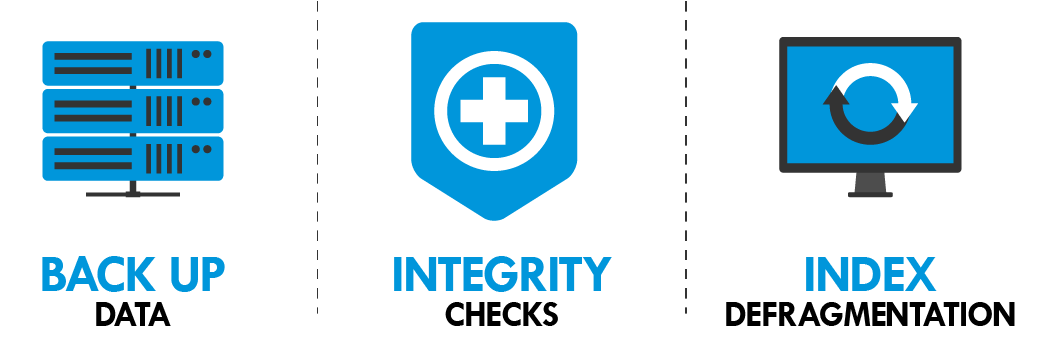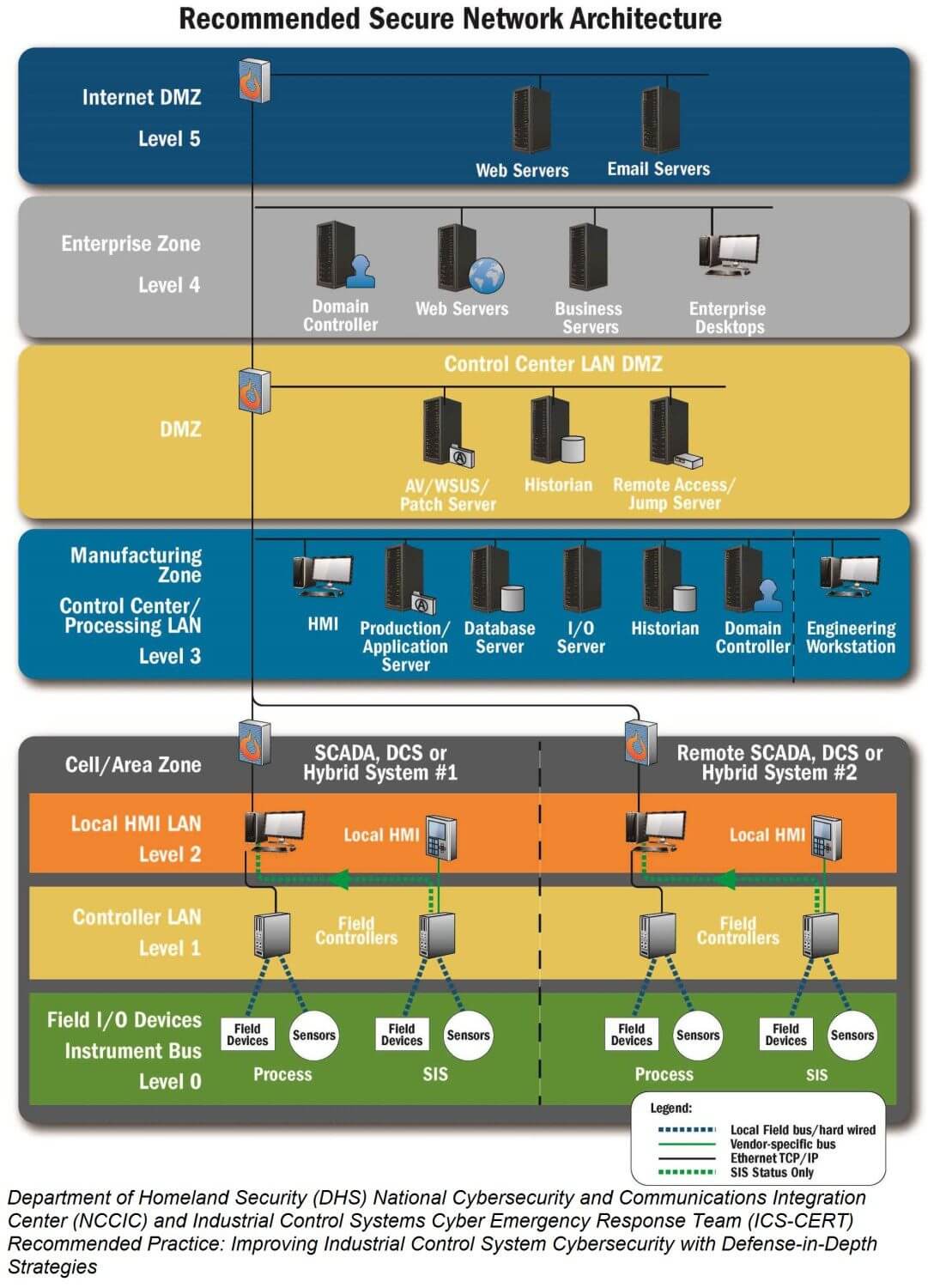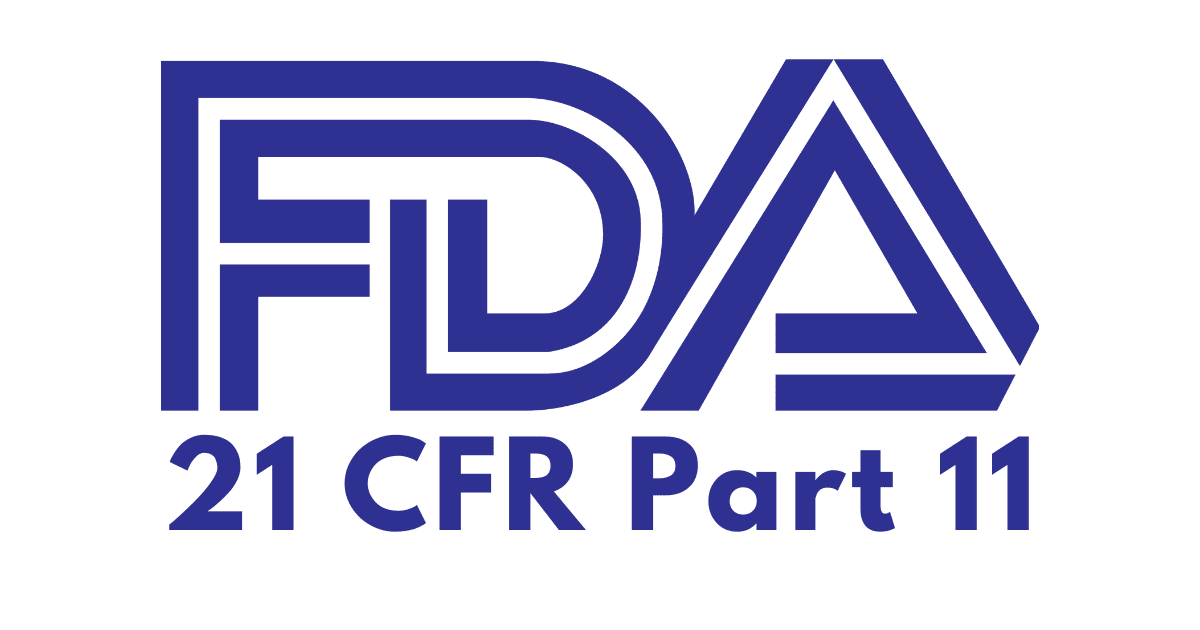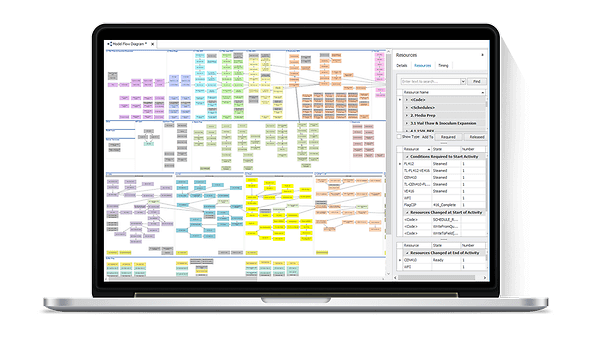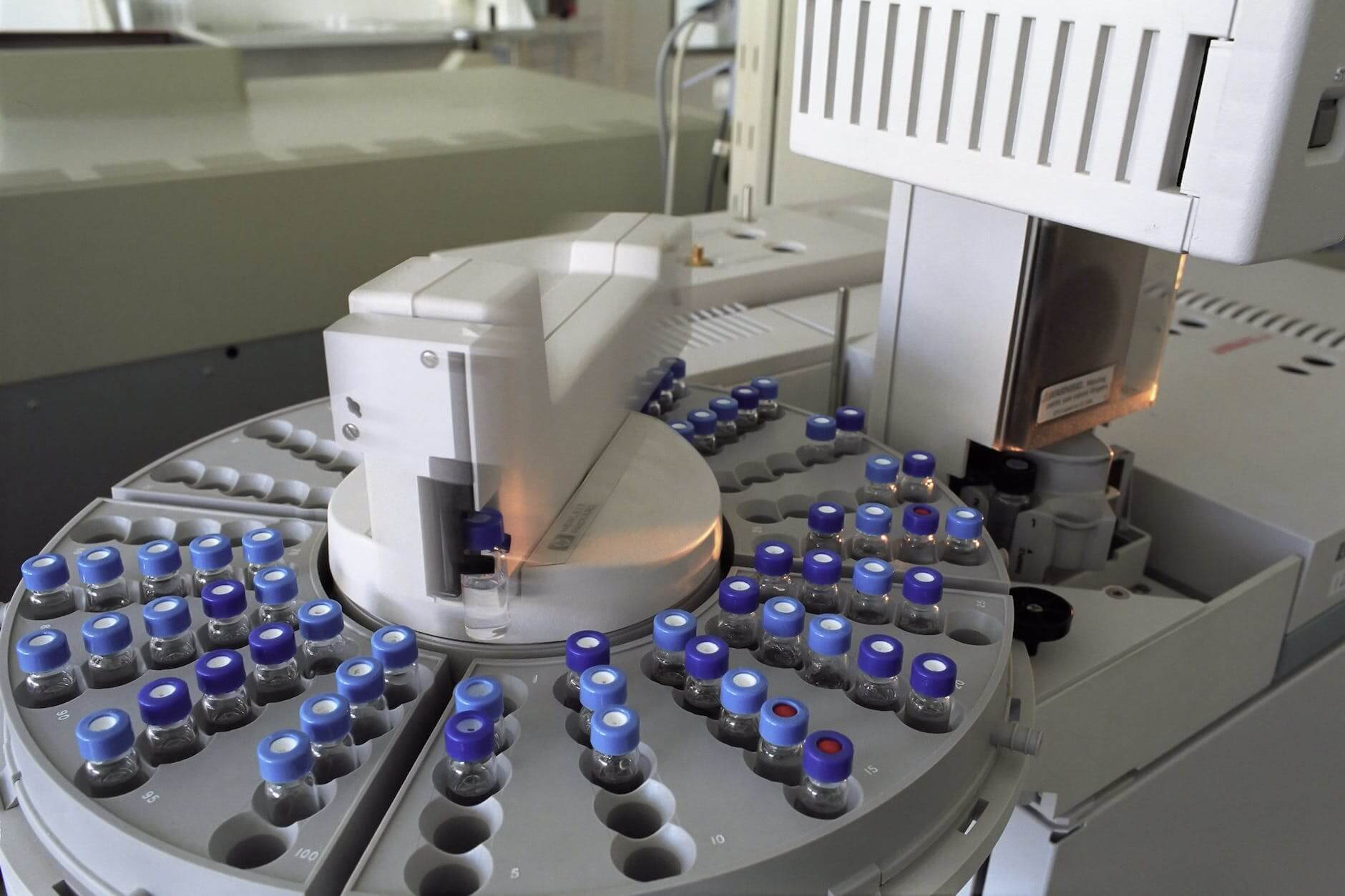Cell therapy, also known as cellular therapy or regenerative medicine, is a form of treatment that utilizes living cells to help repair, replace, or regenerate damaged or diseased tissues or organs in the body. The primary goal of cell therapy is to restore normal functioning and improve the overall health and well-being of patients. Here is a general overview of how cell therapy works: It is important to note that cell therapy is a complex field, and the specific mechanisms and approaches may differ depending on the type of cells…
Read MoreAuthor: MES ENGINEER
SP_Blitz
Long-Term admiration for SP_Blitz Having used SP_Blitz for several years now, I am thrilled to share my positive experience with this exceptional SQL Server tool. SP_Blitz has become an indispensable companion in my daily work as a SQL Server DBA. From the moment I first started using SP_Blitz, I was impressed by its ability to thoroughly analyze and diagnose my SQL Server instances. After all this time, it continues to amaze me with its comprehensive and insightful recommendations. One of the standout features of SP_Blitz is its ability to adapt…
Read MoreOla Hallengren’s SQL Maintenance: A Reliable Solution for Database Optimization
Introduction In the fast-paced realm of database management, ensuring optimal performance and stability is crucial. Ola Hallengren’s SQL Maintenance tool has been a trusted solution in the industry for several years, aiding countless organizations in their quest for efficient database maintenance. With its comprehensive features and user-friendly interface, Ola Hallengren’s solution has proven to be a valuable asset for SQL Server administrators worldwide. Key Features 1. Database Integrity Checks The SQL Maintenance tool provides a robust system for regularly checking the integrity of your SQL databases. With customizable scheduling options,…
Read MoreCommon Biotech Buzzwords and Descriptions
Buzzword Description Gene Editing The process of modifying an organism’s genetic material to achieve desired traits or characteristics. It involves targeted changes to the DNA sequence, such as adding, deleting, or modifying specific genes. CRISPR A revolutionary gene-editing technology that allows scientists to precisely modify an organism’s DNA. CRISPR-Cas9, the most widely used CRISPR system, uses a molecular tool to guide the editing process by directing the Cas9 enzyme to cut the DNA at specific locations, enabling the addition, removal, or modification of genetic material. Biopharmaceuticals Medicinal products derived from…
Read MoreThe Purdue Model of Security for Manufacturing: Safeguarding Industrial Control Systems
In an increasingly interconnected world, securing industrial control systems (ICS) has become a critical concern for manufacturing companies. One widely recognized approach to ICS security is the Purdue Model, also known as the Purdue Enterprise Reference Architecture. Developed by the Purdue University’s Center for Education and Research in Information Assurance and Security (CERIAS), this model provides a framework for organizing and securing control systems in manufacturing environments. Understanding the Purdue Model The Purdue Model is based on the concept of hierarchical levels, each responsible for specific functions and security controls…
Read MoreHow to try and land a senior-level MES (Manufacturing Execution System) engineer job
Remember, the job market is competitive, so perseverance and continuous improvement are key. Good luck with your senior-level MES engineer job search!
Read MoreUnderstanding the Significance of 21 CFR Part 11 in GMP Compliance
Introduction In the highly regulated world of pharmaceuticals, biotechnology, and medical device manufacturing, ensuring product quality, safety, and data integrity is of utmost importance. One crucial regulation that governs electronic records and signatures is 21 CFR Part 11. This article aims to shed light on the significance of 21 CFR Part 11 in Good Manufacturing Practices (GMP) compliance. What is 21 CFR Part 11? 21 CFR Part 11, also known as Part 11, was established by the U.S. Food and Drug Administration (FDA) in 1997. It outlines the requirements for…
Read MoreMES 4.0 Explained
MES 4.0: Revolutionizing Manufacturing Operations In the era of Industry 4.0, Manufacturing Execution Systems (MES) have taken on a new form: MES 4.0. This technology-driven solution has the potential to revolutionize manufacturing operations, bringing unprecedented levels of efficiency, visibility, and flexibility to the shop floor. What is MES 4.0? MES 4.0 refers to the integration of traditional MES with the advancements of Industry 4.0 technologies such as artificial intelligence (AI), Internet of Things (IoT), cloud computing, and big data analytics. It extends beyond the traditional boundaries of the shop floor,…
Read MoreWhat does Emerson’s RTMS software do?
Emerson’s RTMS software stands for Real-Time Monitoring and Surveillance software. It is specifically designed to track and analyze data in real-time for the pharmaceutical industry. This software offers several benefits for the pharma sector: In summary, Emerson’s RTMS software positively impacts the pharmaceutical industry by enhancing safety, improving efficiency, ensuring regulatory compliance, and facilitating data-driven decision-making.
Read MoreWhat is LIMS and what does it do for the pharmaceutical industry?
LIMS, which stands for Laboratory Information Management System, plays a crucial role in the pharmaceutical industry by enabling interconnectivity across various laboratory processes. Let’s delve into more detailed information about the interconnectivity aspect of LIMS: In summary, LIMS in the pharmaceutical industry not only serves as a centralized data management system but also connects laboratory instruments, systems, and stakeholders. This interconnectivity enhances efficiency, data integrity, regulatory compliance, and collaboration, ultimately contributing to improved productivity and quality in pharmaceutical research, development, and manufacturing.
Read More


